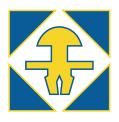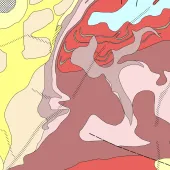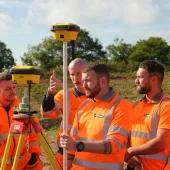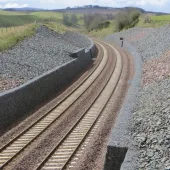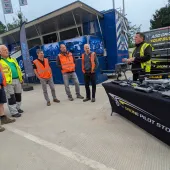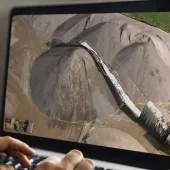Geology solutions from Maptek
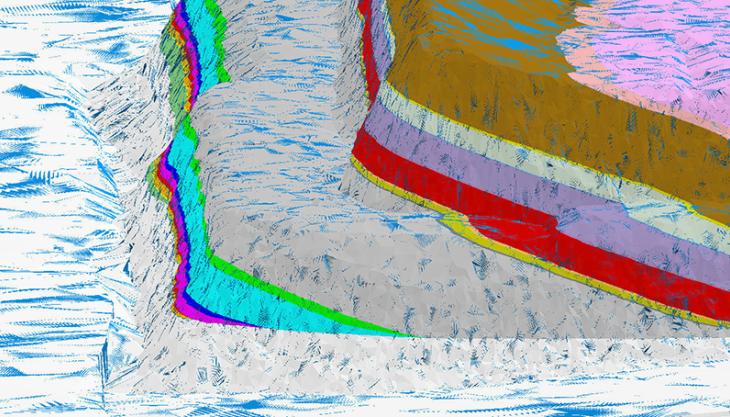
Due for release in the first quarter of 2016, Vulcan 10 will include new tools and further enhancements
SINCE the introduction of Vulcan more than 30 years ago, Maptek have extended their spatial data solutions to 3D laser-scanning systems for survey, design conformance reporting and surface movement detection.
Systems such as Eureka, an integrated 3D platform for modelling and interpreting exploration data, provide a competitive advantage to operations by allowing them to fully exploit their geological, geophysical and geotechnical information.
‘Maptek technology is designed with the user in mind. Systems are intuitive and workflow driven,’ said Peter Odins, who directs the development of stratigraphic solutions at Maptek.
‘Attention to high-end graphics and 3D visualization refocuses expertise on driving informed decision-making and productivity improvements.’
The revolution in stratigraphic modelling began with the release of integrated stratigraphic modelling tools in Vulcan about 10 years ago.
In 2010, HARP modelling in Vulcan provided geologists with a new technique for using drill-hole data and down-hole geophysical characteristics for interpreting and interpolating coal horizons. It also allowed better classification of the most economic seams and the unviable seams included in burden removal.
The latest Maptek innovation sees positional information of seam contacts collected by I-Site laser scanners modelled and imported into Vulcan to control the HARP modelling process in the vicinity of the highwall. The resultant model represents the best understanding of the geology.
The introduction of implicit modelling in Vulcan in 2014 continued the trend of providing tools that allow geologists to concentrate on validating and improving interpretations. Users can rapidly build/create solids and surfaces for estimating the potential size of a specific horizon.
Implicit modelling of complex 3D geological surfaces produces more consistent results, and block model outputs are ready for processes such as reserving.
This year, measurement-while-drilling information captured by drill rig automation systems was introduced into the modelling process. Pressure and torque readings recorded as holes are drilled can be visualized and analysed to give a clearer account of the resource and improve coal recovery through improved blast outcomes.
Vulcan 10, which is due for release in the first quarter of 2016, will introduce further enhancements, including: new tools for splitting pit solids into scheduling blocks; variogram analysis; enhanced implicit modelling; and the ability to work with large block models.
Vulcan 10 will also deliver additional support for multi-threaded processors for up to 10 times better performance over the current version.
Maptek say the upgrades will see a significant improvement in the speed of block model scripts, block slicing, implicit modelling, grade estimation, attribute reporting and simulations.


